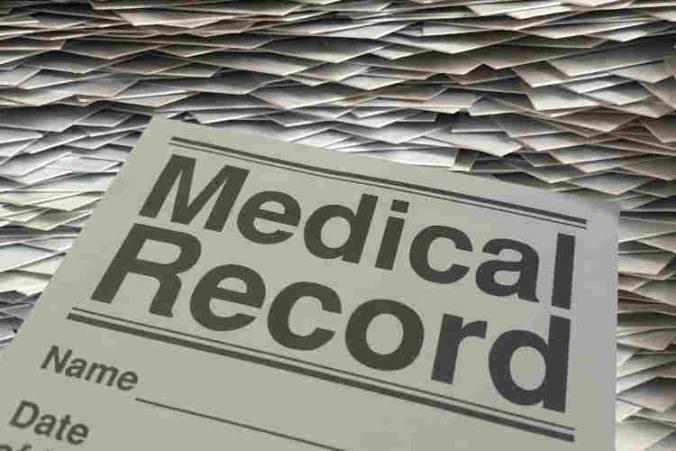Can work injury claimants pay out-of-pocket and get reimbursed later? For example, say I have an L&I claim. I need medication, massages, and braces. I also need therapeutic furniture, equipment, and medical procedures. So, can I just go ahead and pay? And then ask for reimbursement later? Surprisingly, in general the answer is – No!
Can I get reimbursed for L&I claim out-of-pocket expenses?
Interestingly, it’s very unlikely to get reimbursed from L&I for these kinds of expenses. The reason is coverage. While frustrating, you need to wait for L&I to make a coverage decision. That way, you can be sure that they’ll cover expenses. Don’t pay for services yourself. Moreover, if you decide to pay out-of-pocket, don’t plan on reimbursement.
However, L&I does reimburse for some limited out-of-pocket expenses. But there are only a few expenses that qualify. Usually, pre-authorization is required. Simply put, NEVER assume that L&I will reimburse you.
Will L&I reimburse me for any expenses?
The Department of Labor and Industries (L&I) will reimburse work injury claimants for certain expense. In fact, there are 2 categories for which they’ll pay you back. One is Travel. The other is Property. L&I will reimburse you if you travel for treatment, However, that’s only if you meet the following 2 conditions:
1) The treatment provider is more than 15 miles away from your home address; and
2) There are no other providers that can treat your condition within 15 miles.
Also, L&I assumes your home address is the address in your L&I claim file.
Meeting the criteria above is not enough. If you want a reimbursement, you need your claim manager to pre-authorize it. In practice, you need to tell your claim manager that you meet the 2 conditions. Then, ask them for pre-authorization. After that, the claim manager issues a letter pre-authorizing the travel reimbursement. You must have this letter before going to your appointment.
L&I reimbursement for travel and property expenses
If you have pre-authorization, then you must fill out and submit a Travel Reimbursement Request. On top, you must submit a copy of all expense receipts. If you meet the criteria and have pre-authorization, you’ll get reimbursement for parking over $10, tolls, and other travel expenses.
For property, L&I provides reimbursement for a limited number of personal items. For example, property you lost or that was damaged because of a workplace injury. These items include prescription, eye glasses or contacts, and clothing. In addition, it includes boots or shoes, and personal protective equipment.
Per L&I, for reimbursement, you need to complete and submit a Statement for Miscellaneous Services. The form itself makes it seem like there are plenty of things that qualify for reimbursement. Don’t be a fool! Regardless of what the form implies, work injury claimants rarely get payments for anything beyond the travel and property mentioned above.
Your L&I claim, your expenses
In short, only limited travel and personal property is eligible for reimbursement. It’s better to not count of it. Whenever possible, wait for L&I to make a coverage decision. Finally, if you think you qualify for travel reimbursement, then make sure you get pre-authorization first.


